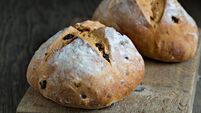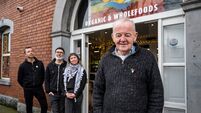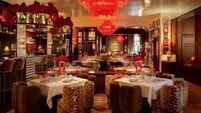Wine with Leslie Williams: Best of co-op wines

The co-operative movement in Ireland has been credited with “building a rural civilisation” (Civilising Rural Ireland: The Co-Operative Movement, Development and the Nation-State, 1889-1939, by Patrick Doyle, Manchester University Press).
Farmers got to own, or at least have a share in, their means of production and the direction of their business.
They still play a major role in Irish society, from credit unions to the Quay Co-Op to creameries all over Ireland, and I predict they will have a bigger role to play in the coming years, once the coronavirus crisis has abated.
Just as co-ops helped Irish dairy farmers survive the opening-up of our economy, so in rural France the co-op has been important in wine regions.
Yes, their quality can vary, but there are more good co-op wines than bad ones and I recently tasted the range from Foncalieu, in the Languedoc.
I did so at at McHugh’s Restaurant in Raheny, in Dublin.
The McHugh family have been running food-and-wine businesses for decades and their two shops are a joy to visit.
Their restaurant is everything a local restaurant should be, with its mix of classical dishes, comfort food, and creativity — the Vermouth cream sauce on the Sole Veronique lingers, as does the Viognier I drank with it (see below).
McHugh’s import the Foncalieu range in conjunction with some other independent off-licences and the wine can be ordered online.
My selections this week are four wines from the Foncalieu Co-Op.
There were a dozen, but these four stood out.
The other two wines include an old favourite from Laurent Miquel and the Foncalieu Viognier put me in mind of the Viognier-based whites of Stéphane Ogier, in the northern Rhône (he also makes excellent reds, including Côte Rôtie).
The low yields and difficult growing conditions for Viognier, on the windswept hills of the Rhône, mean that Viognier is never cheap, but it drinks more slowly than other wines.
How can this be?
Well, it’s simple: you find yourself smelling the glass endlessly, rather than actually drinking the wine; the perfumes mix the floral and the exotic with lingering notes of ripe mango and peach.
It is gorgeous on its own in the garden, with perhaps a light pâté and maybe a round of Durrus within easy reach.
Best value under €15
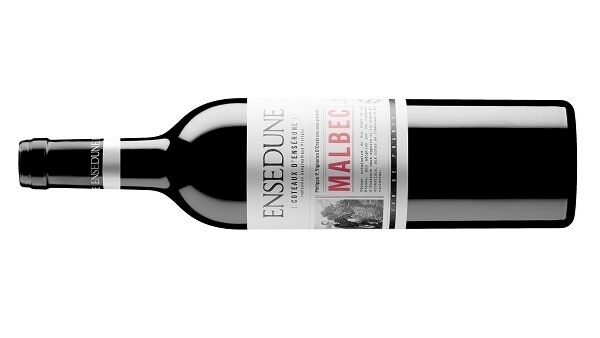
Malbec is grown all over Southern France, especially in Cahors in the south west, but these days we all look to Argentina for the best examples.
Foncalieu’s agronomist sourced clones from Argentina (his home country) for this wine and it shows — big juicy sweet prune fruit aromas.
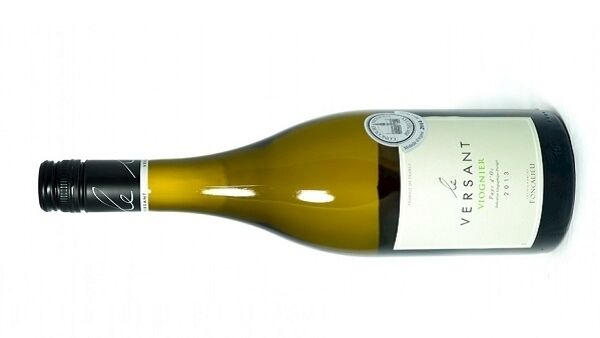
The Versant sub-range from Foncalieu also includes a fine red fruit and forest floor tinged Pinot Noir, a crisp bright Sauvignon and a Rosé.
I loved their Viognier best as it had that touch of exotic decadence.
Floral peachy fruits with spice notes, soft on the palate with a bitter lemon twist.
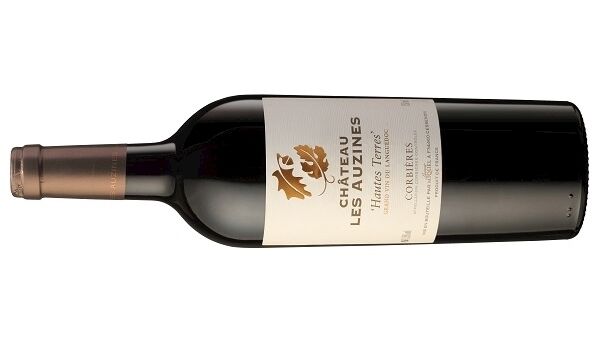
From the Irish-French Laurent Miquel estate, this time their property of Les Auzines on a rocky plateau 350m above sea level with stunning views over the garrigue.
A blend of Grenache, Syrah and old vine Carignan, ripe concentrated blackberry and dark raspberry fruits with some herbal freshness and characterful spice on the finish
Best value over €15
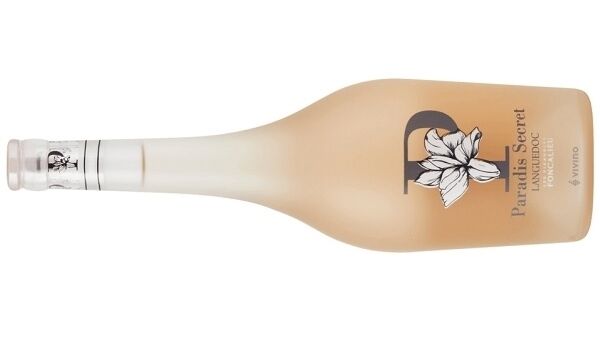
If you like rosé as I do it is always worth spending just a little bit more to get the good stuff.
This has gorgeous packaging and despite its extra pale hue has surprising depth.
Stone fruit aromas mixed with lime and raspberries, red grapefruit freshness and a brisk crisp finish.

This is one of Foncalieu’s showcase wines from low-yielding old vines (j15 hectolitres per hectare) and aged in new French oak.
The price may seem high but there is a lot of depth here — cedar, vanilla and spice aromas mixed with black fruits, ripe and textured with grip and elegance.
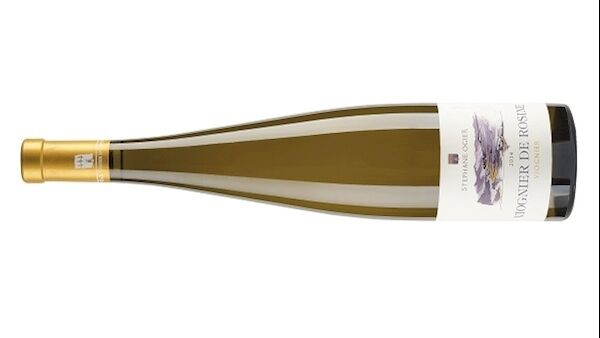
This is from the Collines Rhodaniennes IGP in the N Rhone, a hillside between Condrieu and Côte Rôtie.
This tastes as good as many a Condrieu costing €50 or more.
Fragrant and complex with exotic fruits, pineapple essence and peach but also taut and focused on the palate.

